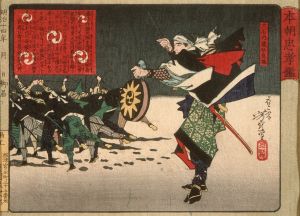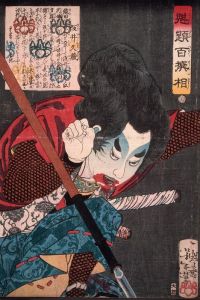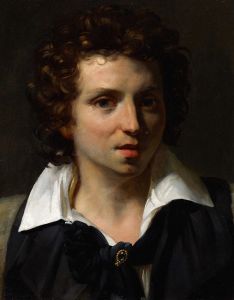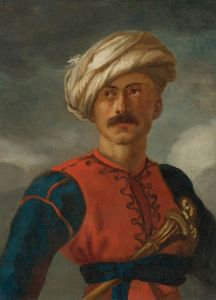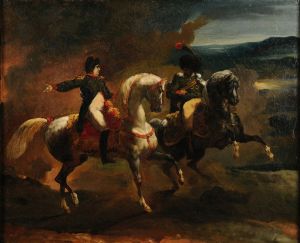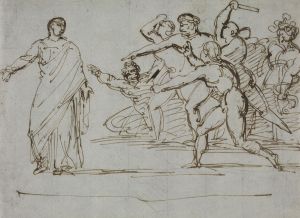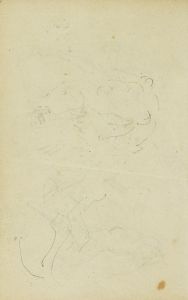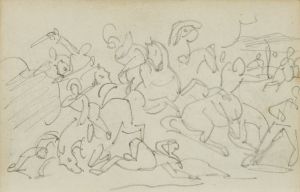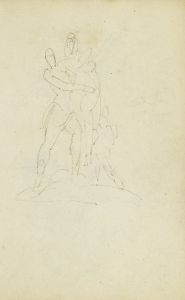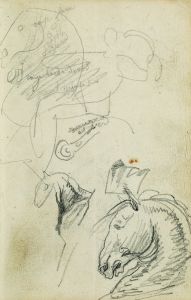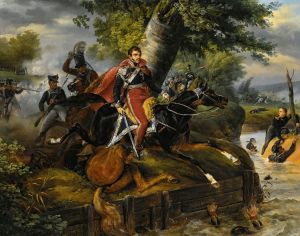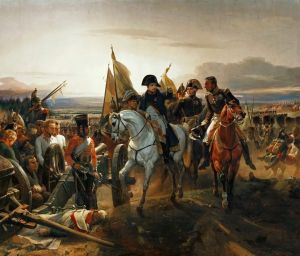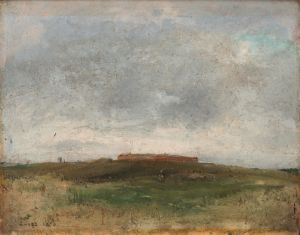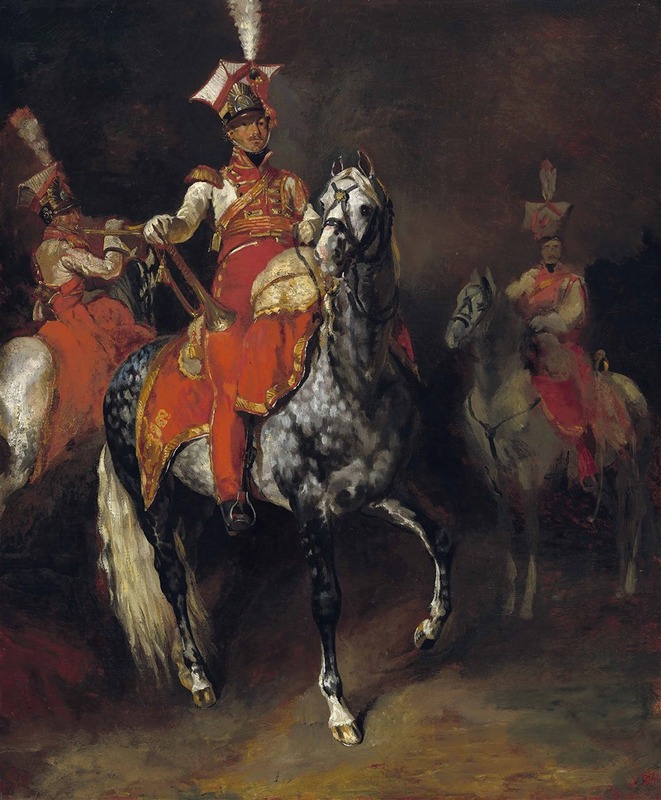
Mounted Trumpeters of Napoleon’s Imperial Guard
A hand-painted replica of Théodore Géricault’s masterpiece Mounted Trumpeters of Napoleon’s Imperial Guard, meticulously crafted by professional artists to capture the true essence of the original. Each piece is created with museum-quality canvas and rare mineral pigments, carefully painted by experienced artists with delicate brushstrokes and rich, layered colors to perfectly recreate the texture of the original artwork. Unlike machine-printed reproductions, this hand-painted version brings the painting to life, infused with the artist’s emotions and skill in every stroke. Whether for personal collection or home decoration, it instantly elevates the artistic atmosphere of any space.
"Mounted Trumpeters of Napoleon’s Imperial Guard" is a painting by the renowned French artist Théodore Géricault, who is best known for his dynamic compositions and pioneering role in the Romantic movement. This particular work, like many of Géricault's paintings, reflects his fascination with military subjects and the dramatic potential they offered.
Théodore Géricault was born on September 26, 1791, in Rouen, France. He showed an early interest in art and went on to study under prominent artists such as Pierre-Narcisse Guérin. Géricault's career was marked by his intense interest in contemporary events and his desire to capture the human condition in all its complexity. He is perhaps most famous for his monumental painting "The Raft of the Medusa," which depicts the aftermath of a contemporary shipwreck and is considered a masterpiece of Romantic art.
"Mounted Trumpeters of Napoleon’s Imperial Guard" is believed to have been painted around 1814, during a period when Géricault was deeply engaged with military themes. This interest was partly fueled by the Napoleonic Wars, which had a profound impact on Europe and provided a wealth of material for artists of the time. The painting depicts a group of mounted trumpeters, who were part of Napoleon's elite Imperial Guard. These musicians played a crucial role in military communications, using their instruments to relay commands on the battlefield.
The Imperial Guard was an elite unit of the French army, serving as Napoleon's personal guard and a symbol of his military prowess. The Guard was known for its discipline, loyalty, and the striking uniforms worn by its members. The mounted trumpeters, in particular, were noted for their elaborate attire, which often included richly decorated uniforms and plumed helmets. Géricault's painting captures the grandeur and pageantry associated with these figures, emphasizing their role as both musicians and soldiers.
In "Mounted Trumpeters of Napoleon’s Imperial Guard," Géricault employs his characteristic attention to detail and dynamic composition. The painting is notable for its vivid depiction of the horses and riders, showcasing Géricault's skill in rendering movement and anatomy. The artist's use of light and shadow adds to the drama of the scene, highlighting the trumpeters' uniforms and the sheen of the horses' coats.
While the exact circumstances of the painting's creation are not well-documented, it is consistent with Géricault's broader body of work, which often explored themes of heroism, struggle, and the human experience. His interest in equestrian subjects is evident in several other works, including studies of horses and riders, which demonstrate his keen observational skills and deep appreciation for the animal form.
Today, "Mounted Trumpeters of Napoleon’s Imperial Guard" is recognized as an important example of Géricault's military-themed art. It reflects both the historical context of the Napoleonic era and the artist's unique ability to convey emotion and movement through his brushwork. The painting remains a testament to Géricault's enduring influence on the Romantic movement and his contribution to the depiction of contemporary history in art.





